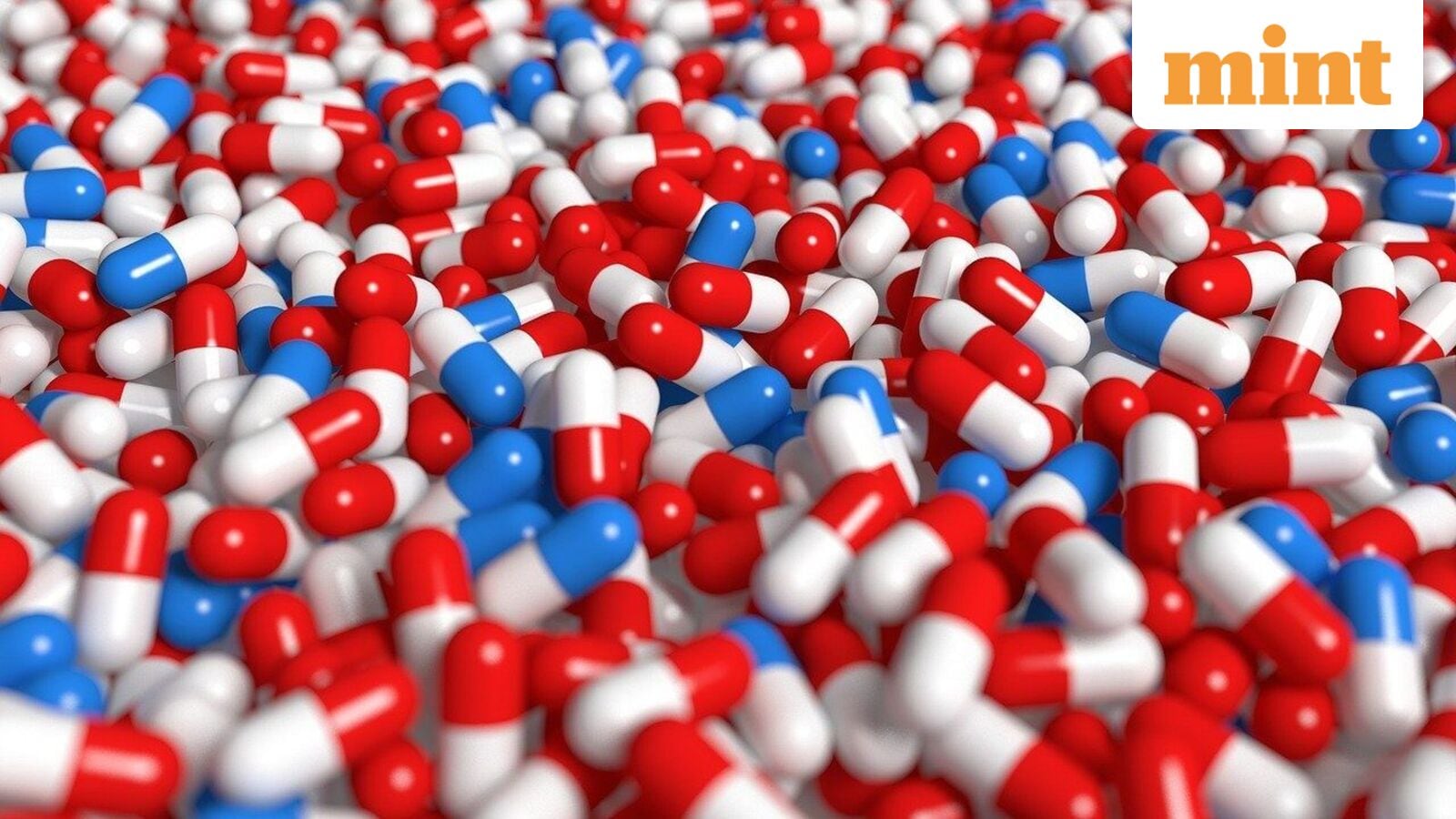In letters sent to the top executives of major U.S. and European pharmaceutical companies, Trump demanded that they agree to a series of measures to sharply reduce the list prices of the medicines they sell in the U.S., or else the administration would “deploy every tool in our arsenal” against the companies’ pricing schemes.
The Sept. 29 deadline arrives after months of announcements by drugmakers of new investments in U.S. manufacturing plants, and a firm push by many companies to start selling their medicines at lower sticker prices straight to consumers.
It isn’t clear those gestures will be enough to satisfy the White House. Meeting the Trump administration’s underlying demand, that U.S. drug prices be lowered to match the prices the companies charge in other wealthy countries, would require a dramatic change to the drug industry, and amount to a major shock to their business models.
Wall Street seems unconcerned. Drug stocks climbed on Friday, after the president threatened 100% tariffs on drug imports, but said he would exempt companies building a U.S. manufacturing plant. The wording of the social media post in which Trump announced the policy was vague, but analysts took it as generally good news, and an indication that the long-promised drug tariffs won’t have a major impact on the sector.
The president’s drug pricing efforts, however, are separate from the tariff push, and could pose a more serious threat.
It isn’t clear what will actually happen early this week, or if drugmakers actually plan to issue formal responses to the administration. An executive at one drugmaker told Barron’s that the company sees the Sept. 29 date as a deadline to begin conversations with the administration, and that those conversations have been ongoing for months. No drugmaker responded on the record to questions from Barron’s on Friday about its plans.
High U.S. drug prices have been a leading political issue for years, across Republican and Democratic administrations. In 2022, a segment of the Inflation Reduction Act signed by President Biden limited the prices paid by Medicare for certain drugs, a measure the drug industry has continually opposed.
Drug prices are higher in the U.S. than anywhere else in the world: According to a U.S. government study published last year, U.S. prices for branded prescription drugs were 422% higher than in the other wealthy countries that are members of the Organization for Economic Co-operation and Development, or 322% if you take into account the estimated rebates paid out by drugmakers.
Trump’s proposals to peg U.S. drug prices to overseas prices, or what the administration calls the most favored nation price, has softened in recent months. An executive order the president signed in May laid out penalties if companies didn’t make “significant progress” toward lowering U.S. drug prices to most favored nation levels. It suggested that most favored nation prices should apply to all U.S. drugs, regardless of whether the buyers were private insurers or a federal program, or whether the drugs were new or had already been on the market for years.
The letters that Trump sent at the end of July, however, laid out less ambitious drug price demands. They asked drug companies to commit to setting most favored nation prices only for drugs paid for by Medicaid. For all other payers, the letters only demanded that most favored nation prices apply to newly launched drugs.
The late July letter also asked drugmakers to commit to raising prices overseas in order to lower prices in the U.S., and to offer drugs straight to consumers at most-favored-nation prices.
Some drugmakers have seized on the direct-to-consumer option as a way through the Trump drug pricing turbulence. “We think it’s a fantastic way to go ahead,” Pfizer CEO Albert Bourla said on an investor call in August. A handful of drugmakers have announced new direct-to-consumer offerings in recent months, including Bristol Myers Squibb, which said Thursday that it would sell its plaque psoriasis drug Sotyktu direct to consumers through its website at a price that it said is 80% below the drug’s current list price.
Direct-to-consumer offerings are appealing to the drugmakers, who see a way to lower sticker prices while preserving revenue, since direct-to-consumer sales skip the chain of intermediaries to whom they often pay significant rebates. A push into direct-to-consumer sales, however, won’t be enough to satisfy the administration. “We want an actual convergence between the prices paid in the U.S. and abroad,” a White House official told Barron’s last month. “If direct-to-consumer sales can be a pathway to achieving that, that’s great. This is more something we want to put forth to say, we’re happy to work with the manufacturers on. It’s not the solution in itself.”
That leaves investors waiting to see what the drugmakers will offer the White House in their responses to the late July letters.
Some clues, meanwhile, are emerging about the White House’s plans. The drug industry publication EndpointsNews reported last Thursday that the Trump administration is considering a drug pricing announcement this week that would include new Medicare and Medicaid demonstration programs for new pricing strategies.
Write to Josh Nathan-Kazis at josh.nathan-kazis@barrons.com
#Deadline #today #Trumps #big #drug #pricing #initiative



